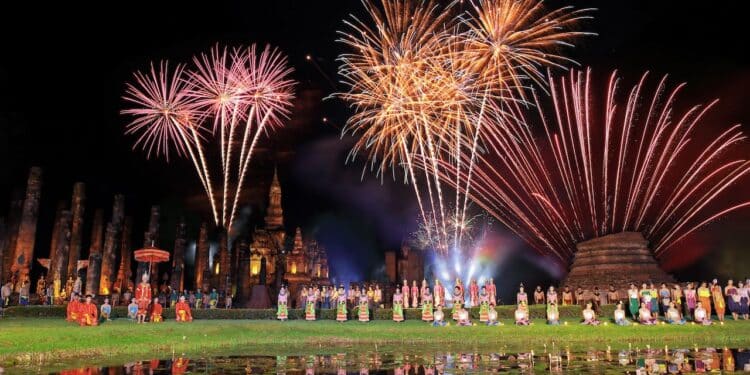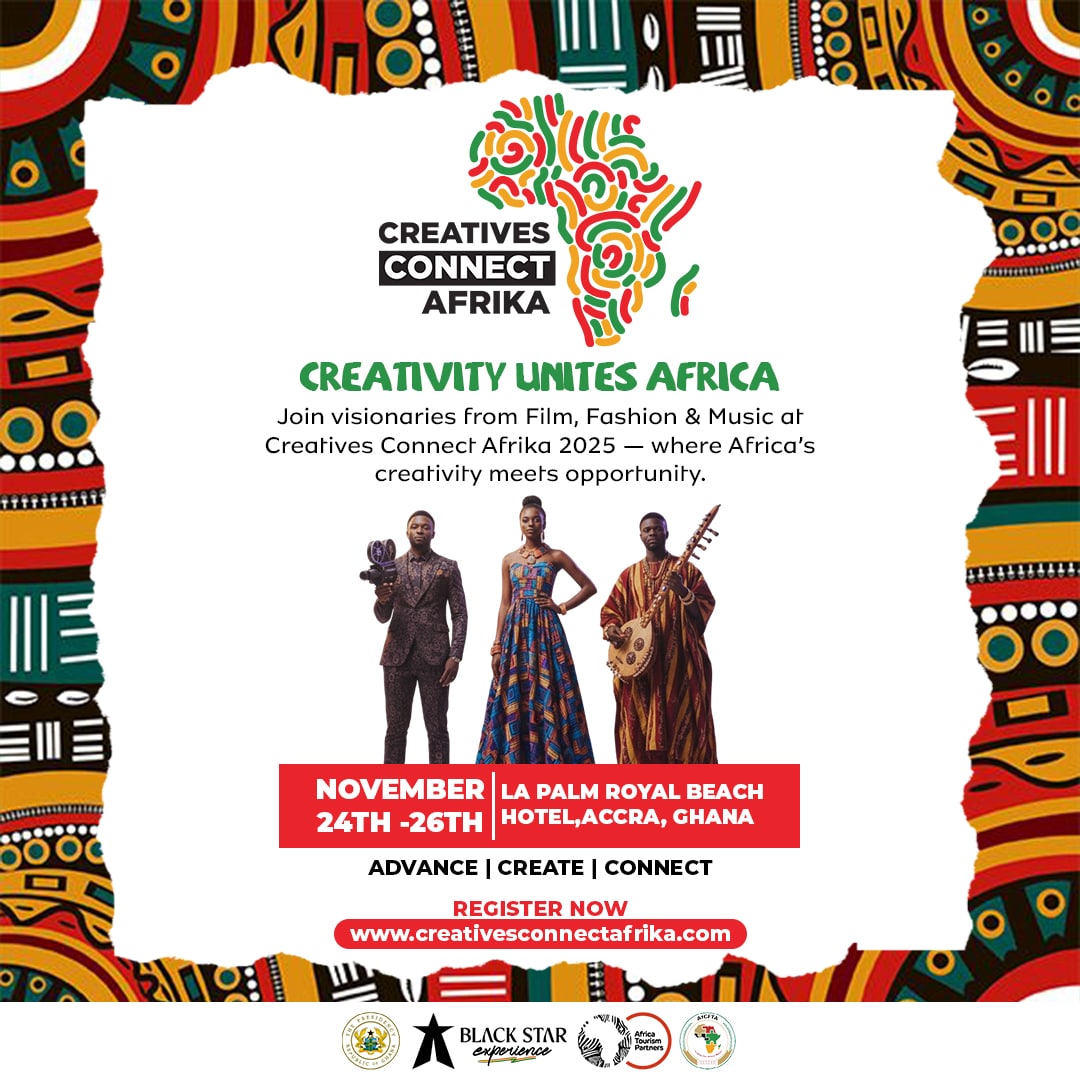For much of the Western world, the new year begins on the first minute of January 1 in the local time zone. This is followed by fireworks, a ball drop, parties, or all of the above, as well as centuries-old country-specific traditions. In select localities, people can even ring in the new year twice.
That is true for those who use the Gregorian calendar, which Pope Gregory XIII instituted in 1582. However, not everyone has a new year or even the same number of years.
1. North Korea
The Gregorian calendar begins with what is considered Jesus Christ’s birth date, but North Korea’s Juche calendar starts with Kim Il-Sung’s birth on April 15, 1912. This indicates that the Juche calendar began year 1 in 1912, with a multi-day Juche New Year celebration concentrated around the 15.
The calendar is named after North Korea’s Juche philosophy, a belief system based on self-sufficiency founded by Kim Il-Sung, and appears on official papers alongside Gregorian calendar dates.
2. Thailand
The Thai solar calendar, known as Suriyakati, is used in traditional and official Thai settings, although the Western calendar often dominates business affairs. Although the Thai calendar shares weekdays and months with the Gregorian calendar, it diverges in its year count, starting from the Buddhist Era, 543 years ahead of year 1 on the Gregorian calendar.
According to Thai reckoning, this count is rooted in Gautama Buddha’s passing in 543 BC. Transitioning from a lunar calendar, the decree of King Chulalongkorn (Rama V) in 1888 marked a shift to the Ratanakosinsok calendar, mirroring the Gregorian system. However, its new year aligned with April 1, referencing Bangkok’s founding in 1781. Later, King Vajiravudh (Rama VI) transitioned the year count to the Buddhist Era in 1912.
Prime Minister Pibunsongkram’s decree in 1940 established January 1 as the official New Year, and Thailand now celebrates both this date and Songkran (April 13–15) as public holidays. Despite this, Buddhist festivities adhere to the lunar calendar, which causes their dates to fluctuate in the solar calendar each year.
3. Ethiopia
The Ethiopian Ge’ez calendar, which differs from the Gregorian calendar, originates in the ancient Egyptian Coptic calendar. Due to unique calculations about the annunciation of Jesus’ birth, it is seven to eight years behind the Gregorian calendar. To synchronise with the solar cycle, it adds five or six “extra” days at the end of the year as a shorter 13th month called Pagume.
According to the Ethiopian calendar, Ethiopia celebrated the millennium on September 12, 2007. The Ethiopian Orthodox Tewahedo Church, the calendar’s first adopter, incorporates its fasting dates into this calendar. While the Ethiopian and Coptic calendars are similar, there is a 276-year variance between them.
4. Israel
The Hebrew calendar, based on ancient Judaic traditions, differs greatly from the Gregorian calendar in its fundamental concepts and time reckoning. The Hebrew calendar dates back to antiquity and is based on a lunisolar system that combines lunar months with solar years. It comprises 12 or 13 months, each beginning with the new moon.
This lunar concentration results in a year that usually is 354 or 355 days long. Adar II, the 13th intercalary month, is added regularly to match the solar cycle. The Gregorian calendar counts years from the claimed birth of Jesus Christ. Still, the Hebrew calendar counts years from the foundation of the world, as computed by biblical chronologies, resulting in a difference in year numbers and dates.
5. Iran
The Persian Solar Hijri calendar, often known as the Iranian calendar, derives from ancient Persia’s astronomical and cultural activities. This calendar was established around the 6th century CE during the control of the Sassanian Empire, and it follows a solar system based on the vernal equinox, aiming to synchronise with the astronomical year. It comprises 12 months of varied lengths that total 365 or 366 days, closely coinciding with the tropical year.
Each month begins with the sun entering a new zodiac sign. The Gregorian calendar, adopted in 1582, is based primarily on a solar system. It divides the year into 12 months, with a leap year every four years to account for the difference between the calendar year and the actual length of the solar year. Furthermore, the Persian Solar Hijri calendar counts the years from the hegira, Prophet Muhammad’s departure from Mecca to Medina in 622 CE.
6. Japan
Japan counts years by the duration of its emperors’ reigns, with each period in Japanese history denoted by a word representing that emperor’s reign. The previous era, presided over by Emperor Akihito, was known as the “Heisei” era, which means “peace everywhere.” It reigned from 1989 until 2019, when his son Naruhito ascended to the throne. Japan is currently in the Reiwa era, meaning “beautiful harmony.” Japan’s calendar was reset when Emperor Naruhito took power.
7. Saudi Arabia
Like many Islamic countries, Saudi Arabia has a dual calendar system, employing both the Gregorian and Islamic calendars and offering two dates for many occasions. The Islamic calendar, often known as the Hijri or lunar calendar, originated with Prophet Muhammad’s migration (Hijra) from Mecca to Medina in 622 CE. This event marks the beginning of the Islamic era and serves as the calendar’s starting point. The Islamic calendar is based on a lunar system of 12 months, each of which has 29 or 30 days and is based on the lunar cycle. As a result, the Islamic year is 354 or 355 days long, making it shorter than the solar year. Because of their lunar character, Islamic months wander relative to the calendar year.
Because of their lunar nature, Islamic months lag behind the Gregorian calendar by about 10 to 12 days per year. The Islamic calendar’s months are unrelated to the seasons and cycles across the solar year. While it is still used to determine religious observances and festivals in the Islamic religion, the lunar calendar is not as widely used for agricultural or administrative purposes as solar calendars.
8. The Maya calendar
The Maya calendar is a complicated and sophisticated system established by the ancient Maya culture that consists of interwoven time cycles that reflect their thorough awareness of celestial motions. It comprises several calendar cycles, the most important of which are the Tzolk’in (260-day sacred calendar) and the Haab’ (365-day solar calendar), as well as the Long Count, a linear count of days recording notable historical events. The Tzolk’in and Haab’ calendars were fundamental to Maya cultural and religious customs, overseeing ceremonies, agriculture, and social life in a 52-year cycle known as the Calendar Round.
The calendar system is still culturally relevant among Mesoamerican cultures, affecting their rituals, rites, and time interpretations. While it is not widely employed in daily life, aspects of the Maya calendar can still be found in indigenous societies’ cultural traditions, mythology, and spiritual beliefs.
The mythological date of 13.0.0.0.0 4 Ajaw 8 Kumk’u in the Long Count calendar marks the origin point of the Maya calendar, sometimes known as the “zero date” or “beginning of the Maya era.” In the Gregorian calendar, this date corresponds to August 11, 3114 BCE. The long tally, a continuous tally of days employed by the ancient Maya to record historical events and track time, begins at this point. This first date is essential to the Long Count system and is the beginning of the Maya calendar’s chronological calculation.












